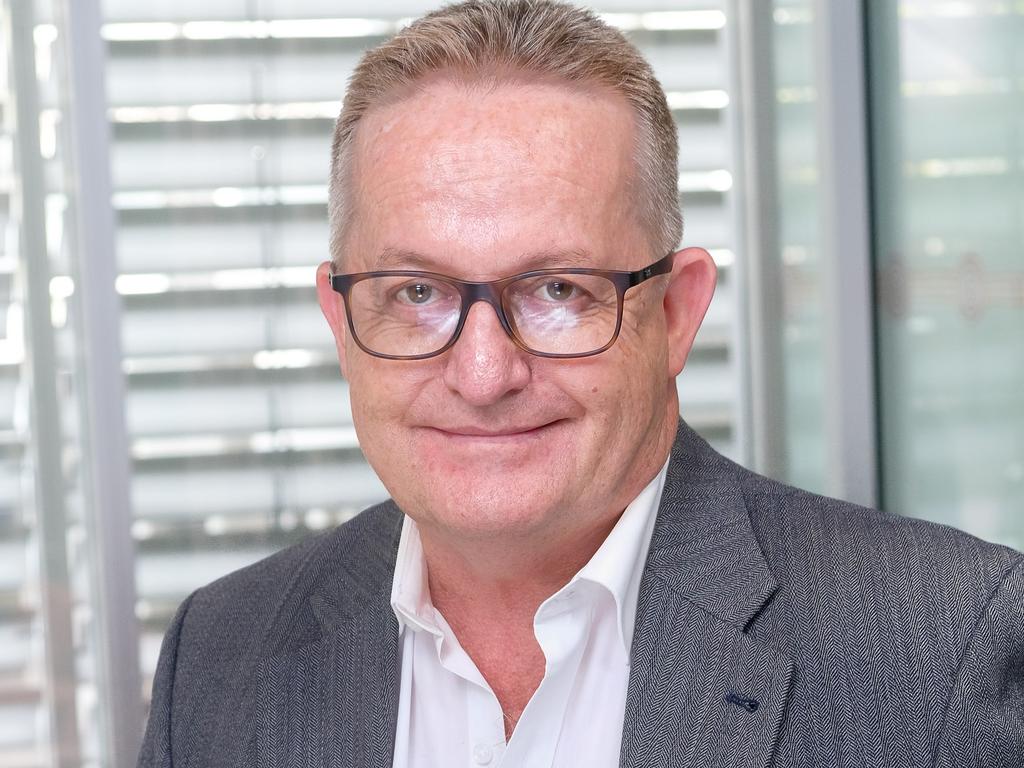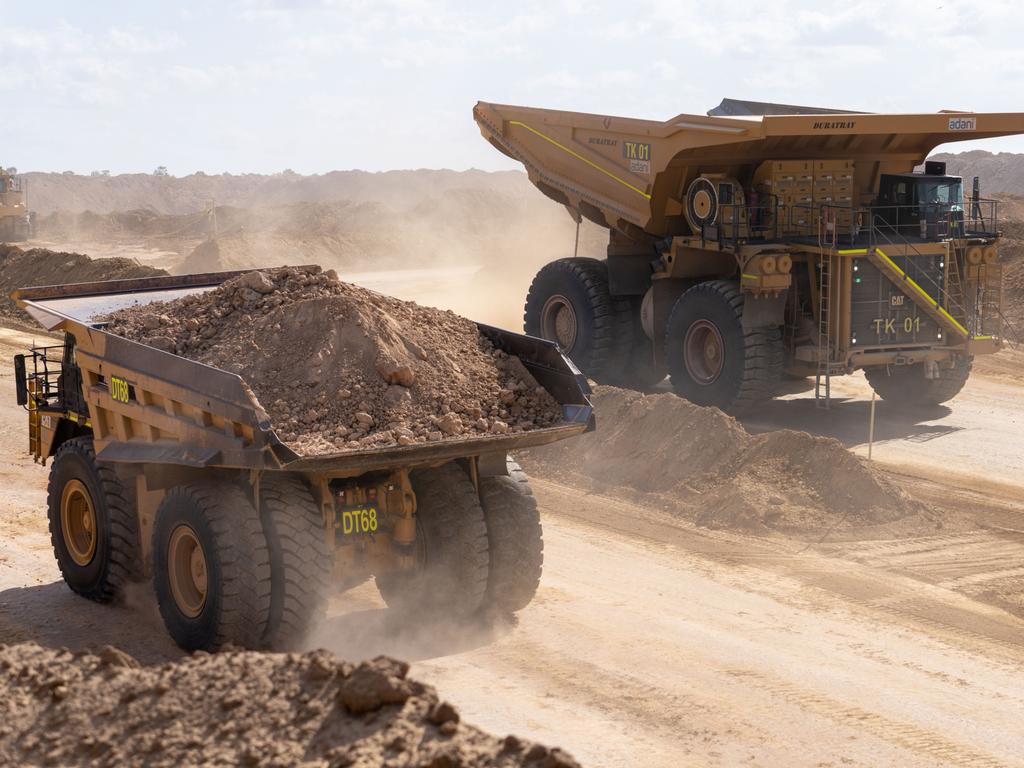How the Australian mining industry is changing to achieve net zero
Mining giants are moving towards net zero solutions as workers want change, and are “sick of being used as political footballs”.
For the almost 50,000 workers directly employed in coal mining, and another 8000 in coal-fired energy, “net zero” sounds like “restructuring”, job losses and a future for their children and their communities disappearing.
While new jobs in renewables are often spruiked, and dismissed as temporary and lower paid, some experts are now pointing to critical minerals, processing ores and manufacturing as to where opportunities will be for work which will keep these regions alive.
But they say for it to work government and industry need to start planning now.
Coal exports brought Australia $43 billion in 2020, and more than $60 billion the year before that.
CFMEU national mining and energy boss Tony Maher said much of the coal industry was booming, with workers just wanting to get on with their jobs and “sick of being used as political footballs”.
“They are sick of being told that their communities alone have to pay the price for addressing climate change,” he said.

There are about 26,400 coal mining workers in Queensland, from the Darling Downs, to Moranbah, the Bowen Basin, as well as the Bravus mine in the Galilee Basin, while there are 18,800 working in NSW predominantly in the Hunter Region including at the Mt Arthur thermal coal mine, Kepco’s Bylong thermal mine and others.
Brown coal is mined in Victoria’s Gippsland region including at Loy Yang and Yallourn.
Mr Maher said there were different stories for the coal mining and energy sectors, with the domestic coal power sector already in decline.
He said an independent authority needed to be set up to support workers and communities affected by transition in finding new jobs, and to co-ordinate power station closures when they are inevitable.
But metallurgical coal is likely to remain strong for some time, Mr Maher said, due to the lack of viable alternative technology for making steel.
“With thermal coal, our customers will make their own decisions on energy and emissions and many of our trading partners have committed to net zero,” he said.
Mr Maher warned there was little evidence that renewables industries were providing ongoing, well-paid jobs, with the work often short-term construction or installation.
“The pay is lower than mining and the industry has shown they’re happy to fill roles with backpackers if they can get away with it,” he said.
“We need to invest in high value added export industries to create the skilled, well-paid blue-collar jobs of the future for regional areas.”
The Australian Energy Market Operator has identified areas where there is overlap between mining regions and renewable energy zones, where investment in solar and wind projects is expected.
There is overlap in Isaac and Darling Downs in Queensland, some in the NSW central west around Lithgow, but little to no crossover in Victoria.
University of Technology Sydney’s Institute for Sustainable Futures research director Chris Briggs said there were likely to be three main categories of alternative jobs for coal mine and power workers, renewable energy, mining critical minerals used in green and smart technology as well as processing and manufacturing flowing from those metals.
He said about two-thirds of the jobs in coalmining would be transferable to the renewables sector with some training, like construction and project managers, mechanical trades and engineering.

Dr Briggs said the remaining third in drilling and machine operating roles would need to seek other roles, which is were the critical minerals came in.
“We’re the only country in the world that has all the minerals needed to create batteries,” he said.
“You can process the minerals here to be battery grade, we can be competitive in manufacturing the battery packs and possibly in the battery cells. There’s a real opportunity to create a competitive advantage,” he said.
There are cobalt and nickel mine facilities in NSW looking at investing in minerals processing and similar investigations in lithium deposits in Queensland, as well an enormous potential in developing the hydrogen industry, where Gladstone is expected to become a major hub, he said.
But Dr Briggs said the federal government would need to work with industry and TAFE on detailed skills mapping to understand how to start transferring the roles and provide training for the transition and even relocation assistance.
The timing of any transition remains uncertain. “History shows it starts slowly, slowly, slowly, and then it’s really fast,” Dr Briggs said.

Some mining giants like BHP have already announced plans to get out of thermal coal, used for power generation, with the multinational halfway through a two-year exit plan.
But it is planning increased investment in iron ore and metallurgical coal in the short-to-medium term, with longer term plans to grow investment in nickel and copper which are needed as part of the shift to decarbonisation and electrification.
BHP Minerals Australia president Edgar Basto said there would be demand for their products driven by the changing economy.
“Action on climate change and the transition to net zero greenhouse gas emissions will create jobs and support businesses, especially in regional areas, and help create a stronger Australia,” he said.
“Our scenario analysis indicates BHP will do well in a decarbonising world because the growing global commitment and action to tackle climate change would drive increasing demand for many of the commodities we produce.”
For more on this series go to: www.missionzero2050.com.au
Share your feedback or story: missionzero2050@news.com.au
This story is part of Mission Zero, an education series that aims to show Australia how a net zero world will bring jobs, growth and a cleaner, smarter way of living. As a subscriber you’ll be receiving a daily newsletter that captures the issues we face and how we can take steps to protect our future.




